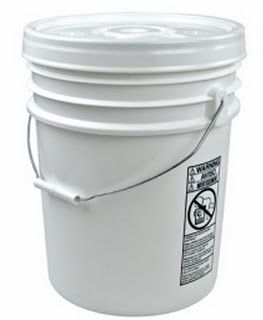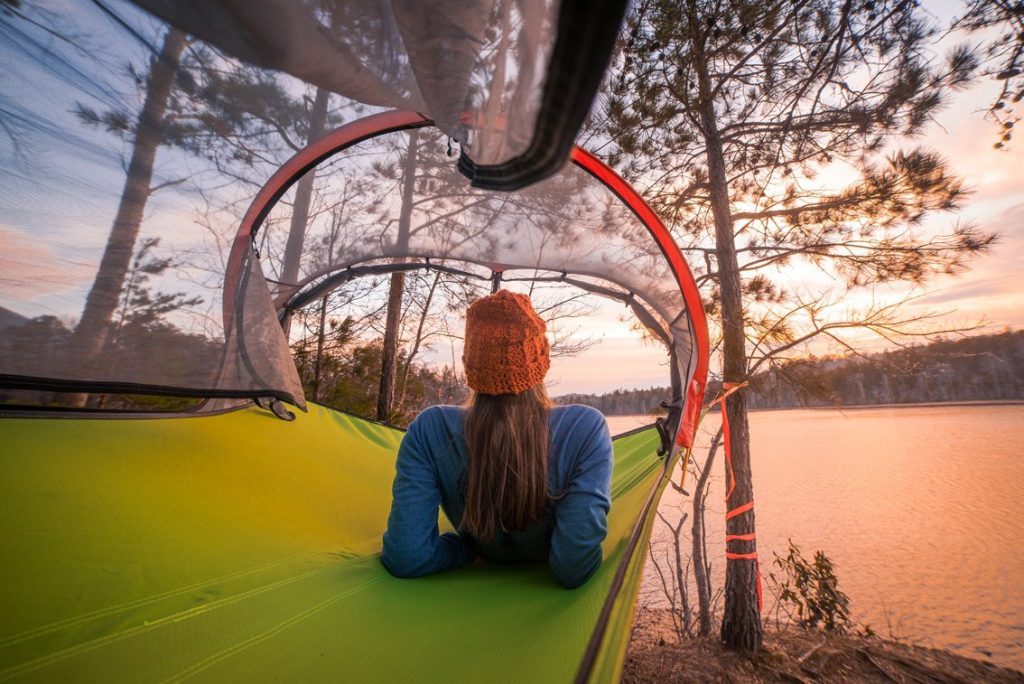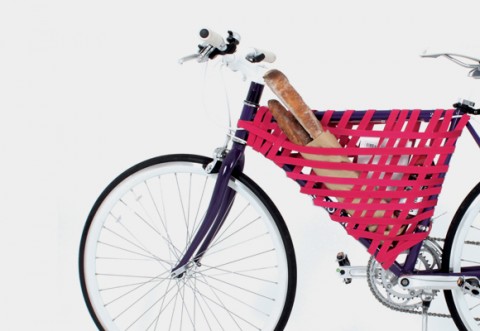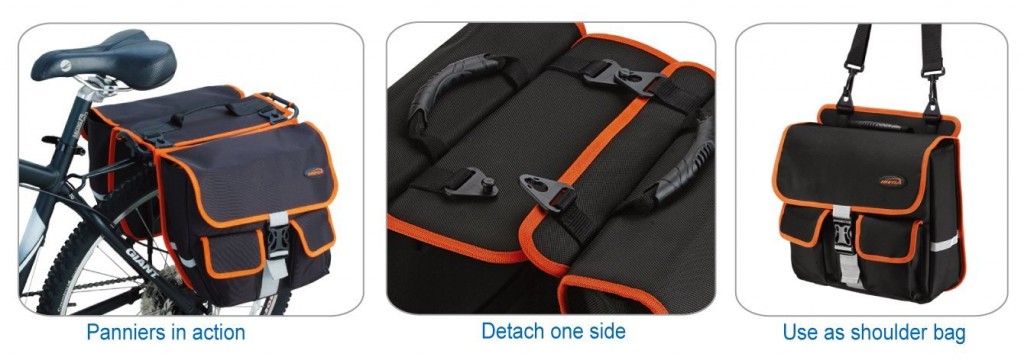In today’s uncertain times, emergencies can strike anytime, anywhere. From natural disasters to civil unrest, it’s important to be prepared for any eventuality. One of the key components of emergency preparedness is bugging out – leaving your home and heading to a safer location. But just because you’re bugging out doesn’t mean you have to sacrifice style. Here are some tips on how to bug out in style while staying safe.
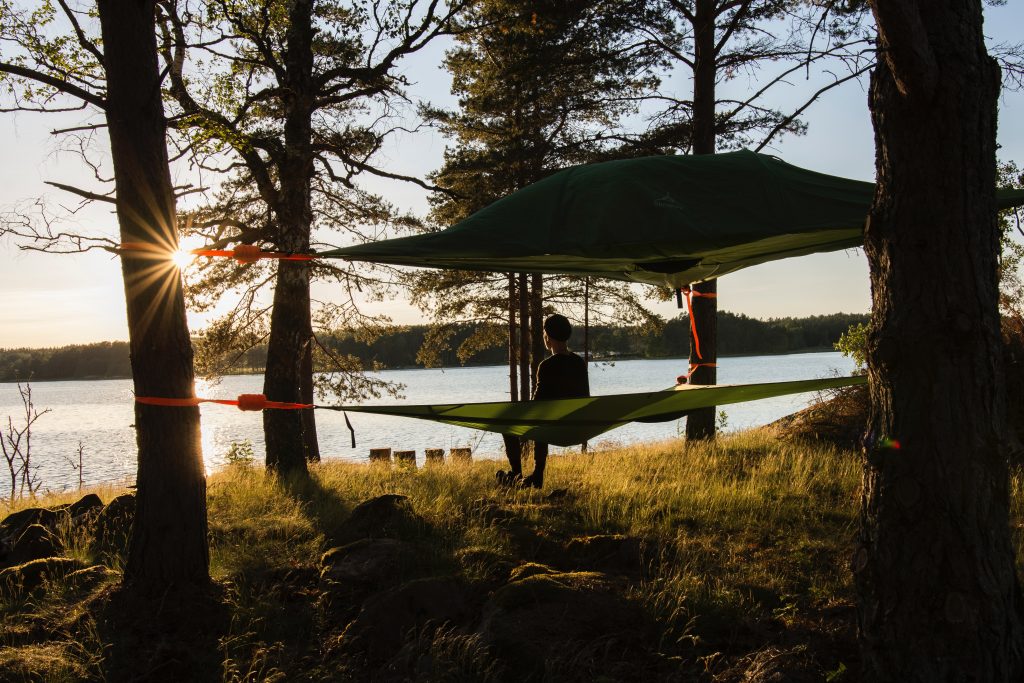
Pack a Bug Out Bag with the Essentials
One of the most important things you can do to prepare for an emergency is to have a bug out bag packed and ready to go. This bag should contain all the essentials you need to survive for at least 72 hours, including food, water, shelter, and medical supplies. However, that doesn’t mean you have to sacrifice style. Look for sleek and stylish backpacks that will complement your outfit and make you feel good while carrying it. There are plenty of stylish and practical backpacks that will hold all your essentials without sacrificing fashion.
Invest in High-Quality Survival Gear
Another key component of bugging out in style is having high-quality survival gear. From durable tents to portable stoves, having the right gear can make all the difference in an emergency situation. However, that doesn’t mean you have to settle for bland and utilitarian gear. Look for survival gear that is not only practical but also stylish. For example, there are now tents that are designed to look like high-end camping gear, with sleek lines and modern designs. You can also find portable stoves that are both functional and stylish, with sleek and minimalist designs that won’t detract from your overall look.
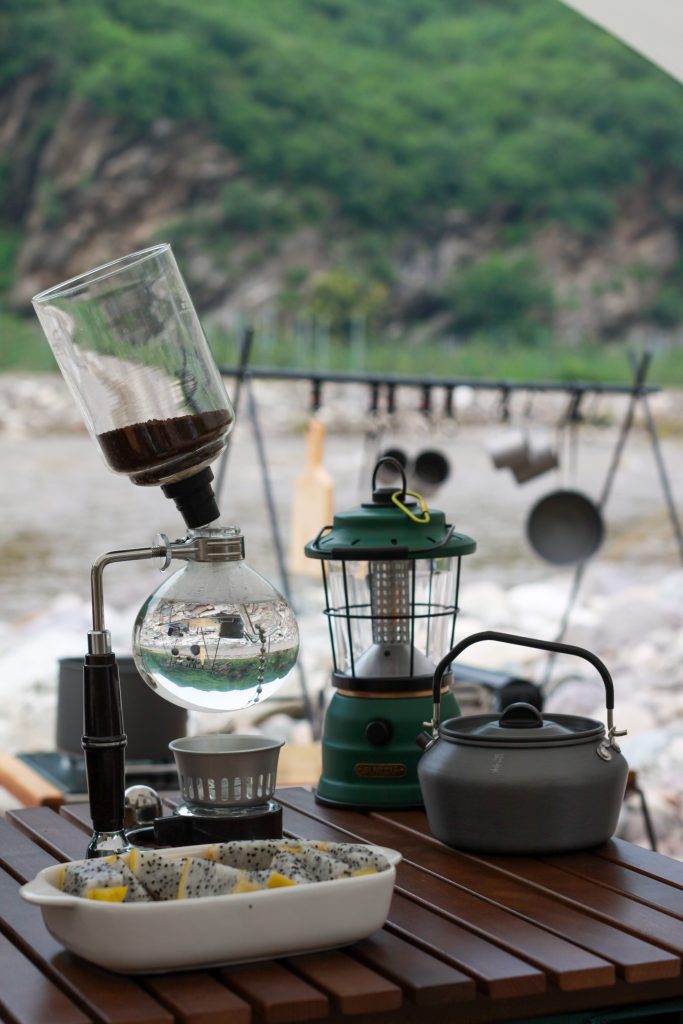
Consider Self-Defense Options
When bugging out, you want to make sure you’re safe from potential threats. That’s why it’s important to consider self-defense options. Whether it’s pepper spray, a stun gun, or a concealed carry firearm, having a means of self-defense can give you peace of mind and keep you safe in an emergency situation. However, it’s important to make sure you’re trained in how to properly use these tools and that you follow all laws and regulations regarding their use.
Dress for the Occasion
When bugging out, you want to be prepared for any type of weather and terrain. That’s why it’s important to dress for the occasion. Look for clothing that is both functional and fashionable, such as moisture-wicking shirts, waterproof jackets, and durable pants. You can also find clothing that is designed to be lightweight and packable, making it easy to carry in your bug out bag. Remember, your clothing should not only be practical but also reflect your personal style.
Stay Informed and Alert
Finally, one of the most important things you can do to stay safe while bugging out is to stay informed and alert. Keep up-to-date on the latest news and developments in your area, and be aware of any potential dangers or threats. Pay attention to your surroundings and be on the lookout for any suspicious activity. Remember, staying aware and alert can help you avoid dangerous situations and stay safe in an emergency.
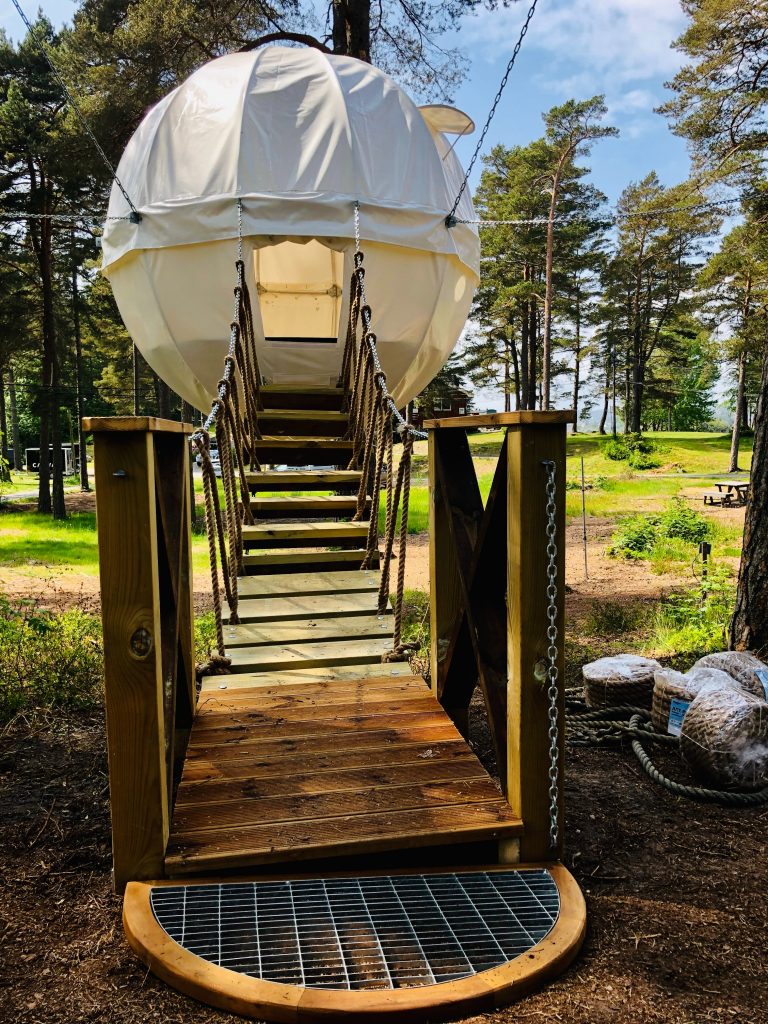
In conclusion, bugging out in style is not only possible, but it’s also important. By following these tips and investing in the right gear, you can stay safe and look good while bugging out. Remember, emergency preparedness is not something to take lightly, and it’s important to be prepared for any eventuality. By staying informed, staying alert, and being prepared, you can stay safe and stylish in any emergency situation.

